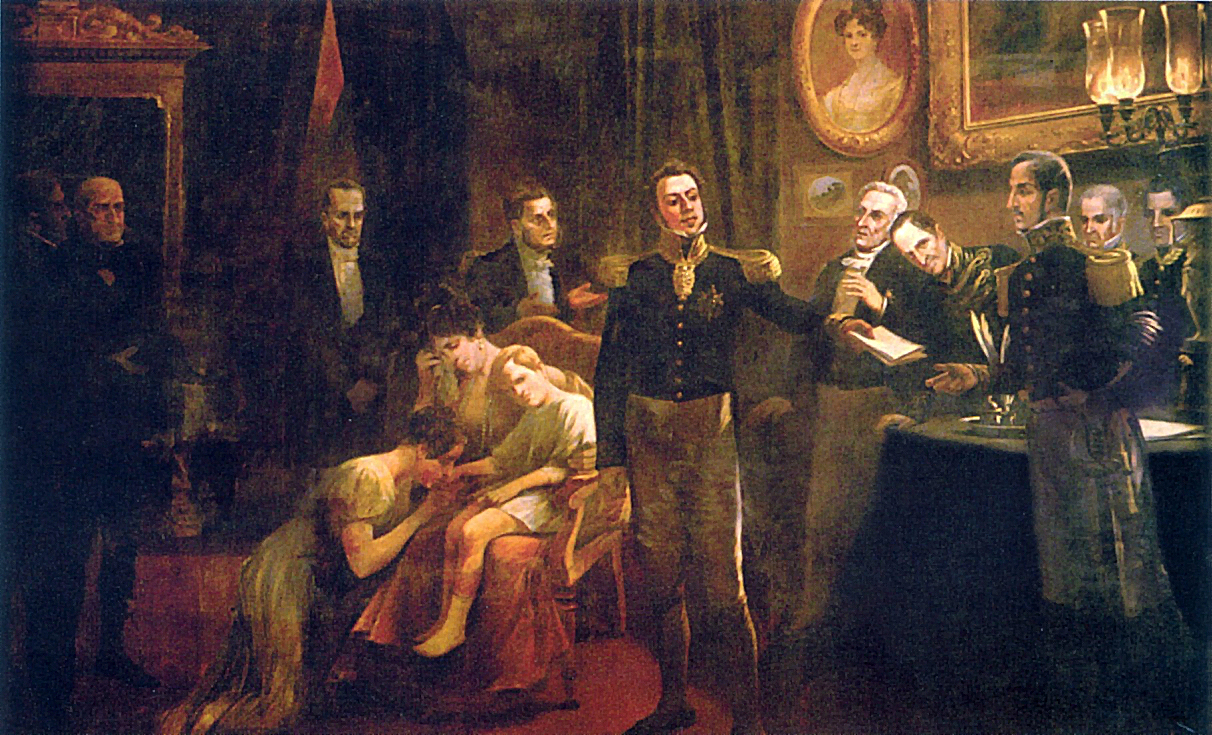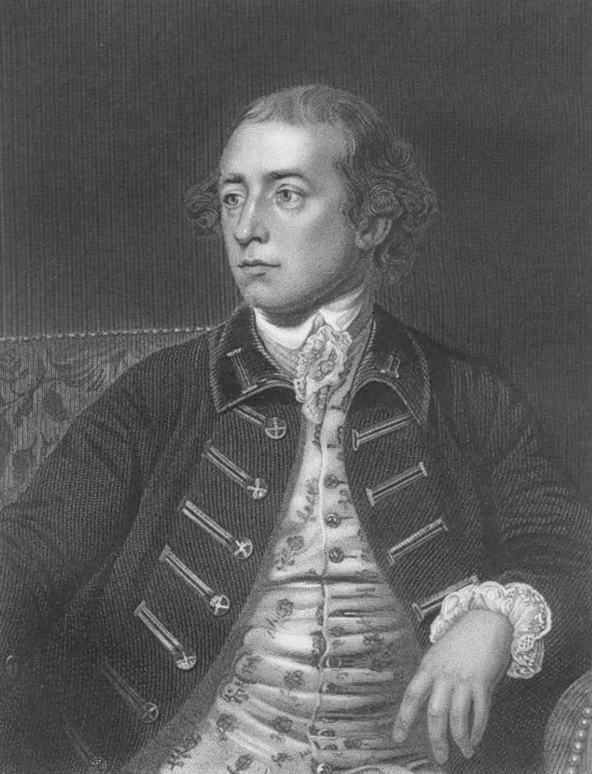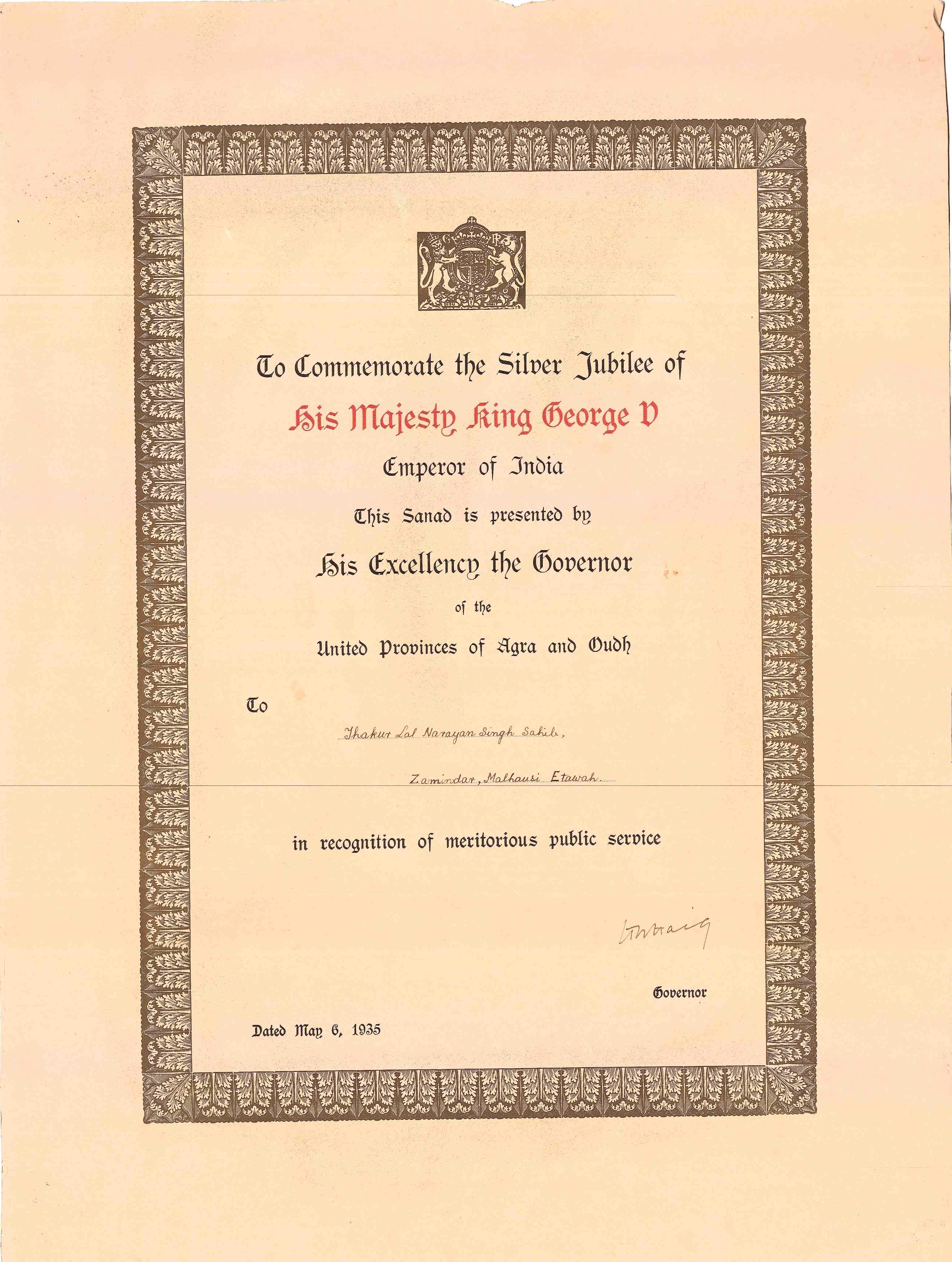|
Jubbal State
Jubbal State was a non-salute state of the Simla Hill States Superintendency of the Punjab States Agency. Thought to have been founded in the twelfth century, it merged with the Indian Union in 1948. Area and geography The state covered an area of . It was bound on the west by the Paber River and the states of Balsan and Kotkhai, the south by the Sirmur State along the Chor Ridge, the east by the district of Dehra Dun and the north by Bushahr State. It had its capital at Deorha. By the beginning of the 20th century, forests covered almost 40% of the area of the state. Forestry accounted for a bulk of the state's revenues and much of the timber was used as railway sleepers. In 1902–03, annual revenue from forests amounted to 1,00,000 rupees whereas annual land revenue stood at only 35,828 rupees. Wheat, tobacco and opium were the major agricultural products of Jubbal State. The states of Rawingarh and Dhadi were tributary states to Jubbal State. Royal family The royal f ... [...More Info...] [...Related Items...] OR: [Wikipedia] [Google] [Baidu] |
Salute State
A salute is usually a formal hand gesture or other action used to display respect in military situations. Salutes are primarily associated with the military and law enforcement, but many civilian organizations, such as Girl Guides, Scouting Movement, Boy Scouts and the The Salvation Army, Salvation Army use formal salutes. Ordinary civilians also salute informally to greet or acknowledge the presence of another person, such as a tip of the hat or a waving, hand wave to a friend or neighbor. Military salutes Throughout history, military organizations have used many methods to perform salutes. Depending on the situation a salute could be a hand or body gesture, cannon or rifle shots, hoisting of flags, removing headgear, or other means of showing respect or deference. Hand salutes Origins According to some modern military manuals, the modern Western salute originated in France when knights greeted each other to show friendly intentions by raising their Visor (armor), vi ... [...More Info...] [...Related Items...] OR: [Wikipedia] [Google] [Baidu] |
Hereditary Title
Hereditary titles, in a general sense, are nobility titles, positions or styles that are hereditary and thus tend or are bound to remain in particular families. Though both monarchs and nobles usually inherit their titles, the mechanisms often differ, even in the same country. The British crown has been heritable by women since the medieval era (in the absence of brothers), while the vast majority of hereditary noble titles granted by British sovereigns are not heritable by daughters. Gender preference Often a hereditary title is inherited only by the legitimate, eldest son of the original grantee or that son's male heir according to masculine primogeniture.Tronföljd '' Nordisk familjebok'', vol. 30 (1920) In some countries and some families, titl ... [...More Info...] [...Related Items...] OR: [Wikipedia] [Google] [Baidu] |
World War I
World War I or the First World War (28 July 1914 – 11 November 1918), also known as the Great War, was a World war, global conflict between two coalitions: the Allies of World War I, Allies (or Entente) and the Central Powers. Fighting took place mainly in European theatre of World War I, Europe and the Middle Eastern theatre of World War I, Middle East, as well as in parts of African theatre of World War I, Africa and the Asian and Pacific theatre of World War I, Asia-Pacific, and in Europe was characterised by trench warfare; the widespread use of Artillery of World War I, artillery, machine guns, and Chemical weapons in World War I, chemical weapons (gas); and the introductions of Tanks in World War I, tanks and Aviation in World War I, aircraft. World War I was one of the List of wars by death toll, deadliest conflicts in history, resulting in an estimated World War I casualties, 10 million military dead and more than 20 million wounded, plus some 10 million civilian de ... [...More Info...] [...Related Items...] OR: [Wikipedia] [Google] [Baidu] |
Indian Army During World War I
The Indian Army, also called the British Indian Army, was involved in World War I as part of the British Empire. More than one million Indian troops served overseas, of whom more than 60,000 died during the war. In World War I the Indian Army fought against the German Empire on the Western Front. At the First Battle of Ypres, Khudadad Khan became the first Indian to be awarded a Victoria Cross. Indian divisions were also sent to Egypt, Gallipoli, German East Africa and nearly 700,000 served in Mesopotamia against the Ottoman Empire. While some divisions were sent overseas others had to remain in India guarding the North West Frontier and on internal security and training duties. Field-Marshal Sir Claude Auchinleck, Commander-in-Chief of the Indian Army from 1942 asserted that the British "couldn't have come through both World War I and II if they hadn't had the Indian Army." Kitchener's Reforms Herbert Kitchener was appointed Commander-in-Chief, India in 1902 and after f ... [...More Info...] [...Related Items...] OR: [Wikipedia] [Google] [Baidu] |
Hindu Temple
A Hindu temple, also known as Mandir, Devasthanam, Pura, or Kovil, is a sacred place where Hindus worship and show their devotion to Hindu deities, deities through worship, sacrifice, and prayers. It is considered the house of the god to whom it is dedicated.; Quote: "The Hindu temple is designed to bring about contact between man and the gods of Hinduism religion" (...) "The architecture of the Hindu temple symbolically represents this quest by setting out to dissolve or decrease the boundaries between man and the divine". Hindu temple architecture, which makes extensive use of squares and circles, has its roots in later Vedic traditions, which also influence the temples' construction and symbolism. Through astronomical numbers and particular alignments connected to the temple's location and the relationship between the deity and the worshipper, the temple's design also illustrates the idea of recursion and the Microcosm–macrocosm analogy, equivalency of the macrocosm and t ... [...More Info...] [...Related Items...] OR: [Wikipedia] [Google] [Baidu] |
Vizier
A vizier (; ; ) is a high-ranking political advisor or Minister (government), minister in the Near East. The Abbasids, Abbasid caliphs gave the title ''wazir'' to a minister formerly called ''katib'' (secretary), who was at first merely a helper but afterwards became the representative and successor of the ''dapir'' (official scribe or secretary) of the Sasanian Empire, Sassanian kings. In modern usage, the term has been used for government Minister (government), ministers in much of the Middle East and beyond. Several alternative spellings are used in English, such as ''vizir'', ''wazir'', and ''vezir''. Etymology Vizier may be derived from the Arabic ''wazara'' (), from the Semitic root ''W-Z-R''. The word is mentioned in the Quran, where Aaron is described as the ''wazir'' (helper) of Moses, as well as the word ''wizr'' (burden) which is also derived from the same root. It was later adopted as a title, in the form of ''wazīr āl Muḥammad'' () by the proto-Shi'a leaders ... [...More Info...] [...Related Items...] OR: [Wikipedia] [Google] [Baidu] |
Abdication
Abdication is the act of formally relinquishing monarchical authority. Abdications have played various roles in the Order of succession, succession procedures of monarchies. While some cultures have viewed abdication as an extreme abandonment of duty, in other societies (such as pre-Meiji Restoration Japan), abdication was a regular event and helped maintain stability during political succession. Historically, abdications have occurred both by force (where the regnant was ''Dethronement, dethroned'', thus forced to abdicate on pain of death or other severe consequences) and voluntarily. Some rulers are deemed to have abdicated wiktionary:in absentia, ''in absentia'', vacating the physical throne and thus their position of power, although these judgements were generally pronounced by successors with vested interests in seeing the throne abdicated, and often without or despite the direct input of the abdicating monarch. Recently, due to the largely ceremonial nature of the regnan ... [...More Info...] [...Related Items...] OR: [Wikipedia] [Google] [Baidu] |
Governor-General Of India
The governor-general of India (1833 to 1950, from 1858 to 1947 the viceroy and governor-general of India, commonly shortened to viceroy of India) was the representative of the monarch of the United Kingdom in their capacity as the emperor or empress of India and after Indian independence in 1947, the representative of the monarch of India. The office was created in 1773, with the title of governor-general of the Presidency of Fort William. The officer had direct control only over his presidency but supervised other East India Company officials in India. Complete authority over all of British territory in the Indian subcontinent was granted in 1833, and the official came to be known as the governor-general of India. In 1858, because of the Indian Rebellion the previous year, the territories and assets of the East India Company came under the direct control of the British Crown; as a consequence, company rule in India was succeeded by the British Raj. The governor-general ( ... [...More Info...] [...Related Items...] OR: [Wikipedia] [Google] [Baidu] |
Francis Rawdon-Hastings, 1st Marquess Of Hastings
Francis Edward Rawdon-Hastings, 1st Marquess of Hastings (9 December 175428 November 1826), styled The Honourable Francis Rawdon from birth until 1762, Lord Rawdon between 1762 and 1783, The Lord Rawdon from 1783 to 1793 and The Earl of Moira between 1793 and 1816, was an Anglo-Irish politician and military officer who served as Governor-General of India from 1813 to 1823. He had also served with British forces for years during the American Revolutionary War and in 1794 during the War of the First Coalition. In Ireland, he was critical of the policy of coercion used to break the United Irish movement for representative government and national independence. He took the additional surname "Hastings" in 1790 in compliance with the will of his maternal uncle, Francis Hastings, 10th Earl of Huntingdon.Beevor, p. 58. Background, education and early military career Hastings was born at Moira, County Down, the son of John Rawdon, 1st Earl of Moira and Elizabeth Hastings, 13th Baroness ... [...More Info...] [...Related Items...] OR: [Wikipedia] [Google] [Baidu] |
Sanad (deed)
A deed is a legal document that is signed and delivered, especially concerning the ownership of property or legal rights. Specifically, in common law, a deed is any legal instrument in writing which passes, affirms or confirms an interest, right, or property and that is signed, attested, delivered, and in some jurisdiction (area), jurisdictions, seal (emblem), sealed. It is commonly associated with transferring (conveyancing) title (property), title to property. The deed has a greater presumption of validity and is less Rebuttable presumption, rebuttable than an instrument signed by the party to the deed. A deed can be unilateral or bilateral. Deeds include conveyancing, conveyances, Contract, commissions, licenses, patents, diplomas, and conditionally power of attorney, powers of attorney if executed as deeds. The deed is the modern descendant of the medieval charter, and delivery is thought to symbolically replace the ancient ceremony of livery of seisin. The traditional phrase ... [...More Info...] [...Related Items...] OR: [Wikipedia] [Google] [Baidu] |
Anglo-Nepalese War
The Anglo-Nepalese War (1 November 1814 – 4 March 1816), also known as the Gorkha War or Nepal-Company War, was fought between the Gorkhali army of the Kingdom of Nepal (present-day Nepal) and the forces of the British East India Company (EIC). Both sides had ambitious expansion plans for the mountainous north of the Indian subcontinent. The war ended with a British victory and the signing of the Treaty of Sugauli in 1816, which ceded some of the Nepalese-controlled territory to the EIC. The British war effort was led by the EIC against the Kingdom of Gorkha. Most of the Kingdom of Gorkha's war effort was led by the two Thapa families: the Thapa dynasty and the family of Amar Singh Thapa. Background In the mid-eighteenth century, the British East India Company actively traded with Nepal. Viewed as an opulence hub, Nepal supplied the Company with commodities such as rice, butter, oil seeds, timber, dyes, and gold. In 1767, British concerns around this partnership grew wh ... [...More Info...] [...Related Items...] OR: [Wikipedia] [Google] [Baidu] |





